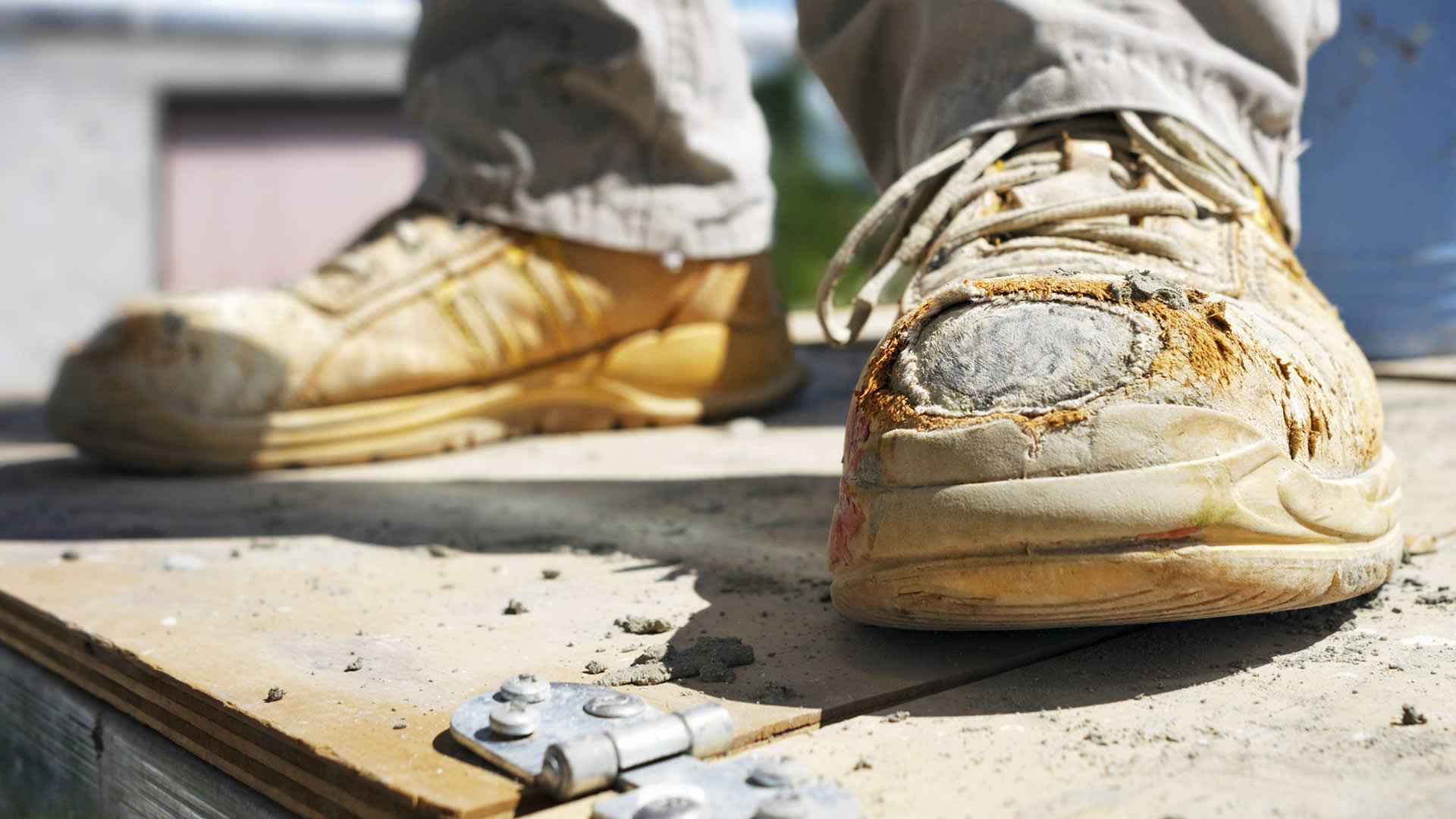
The Dangers of Inferior Threads in Footwear
It is understood from independent footwear testing houses that around 7 out of 10 faulty footwear products are not returned to the retailer, brand or the manufacturer. From this it is clear that there are many faults that must go unreported.
Contents
Introduction
The importance of quality sewing thread
Sewing thread dynamics
Faulty stitches in footwear
Improving efficiency and maximising productivity
Introduction - The issue of poor thread in footwear
Without awareness of the complaint, the fault can’t be identified and corrective action taken. A fault may go unresolved for a long period of time, perhaps until it is of such a serious nature that it triggers a “model recall”. At this point the damage has already been done to the brand’s hard earned reputation, with the inevitable consequence of dissatisfied or lost customers.
In addition there are the added costs of redirecting senior management’s time and efforts to resolve the problem, with potentially delayed or missed shipping dates, which can be considerable. It is estimated that around 5 billion US dollars are lost in the footwear industry every year because of faulty products. These are not all due to faulty sewing thread but sewing thread, albeit one of the least costly components in the shoe, plays a hugely critical part in seam durability – after all it is the major factor that keeps the seams from falling apart!
The importance of quality sewing thread
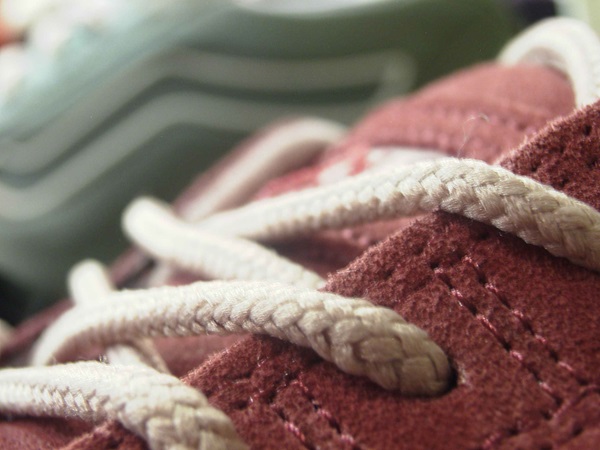
The importance of sewing thread can easily be under estimated, as on superficial inspection one thread may look the same as any other and stitched seams may look visually satisfactory, but that’s where the similarity ends. There can be a huge difference in quality between different threads. Nor can a simple comparison of physical data be a sure way of guaranteeing thread quality, as seam strength can be considerably reduced after sewing as a consequence of the severe strains and stresses the thread is subjected to during the stitching cycle.
After stitching it is very difficult to detect damaged stitches as most of the thread is hidden below or between the seams. Seam strength tests on the finished shoe are difficult and expensive to carry out, as most footwear seams are curved and shoes would need testing to destruction. Thread that lacks the essential key processing and proper protective finishes will vary in sewing performance as well as seam strength.
A common practice by factories is to immerse thread spools in silicone baths to improve the thread sewing performance by reducing thread breaks. However this is the wrong way to lubricate thread and it is a detrimental practice causing machine contamination, staining of upper materials, delamination of soles and crucially, inconsistent seam balance that can lead to premature seam failures. Quality thread does not need this treatment as it will be prefinished in the correct and consistent amount of lubricant in the sewing manufacturers’ sewing thread plant.
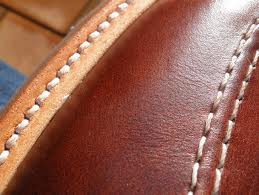
These finishes have been developed over many years comprising of specific mixtures of tried and tested silicones and waxes for particular thread types and end uses, and remain today a closely guarded secret.
The quality of raw material, processes and pre-applied lubricants, determine the finish quality of the sewing thread and protect the thread structure from significant damage.
The variety of sewing threads has multiplied due to the diverse demands of the footwear industry. Better understanding of the sewing process and the requirements specific to each thread selected is essential to achieve the best possible seam quality. Price is only one component of the equation; a sewing thread may be of little value if the sewing thread cannot perform efficiently in sewing, be aesthetically attractive, and produce long lasting durable seams.
Sewing thread dynamics
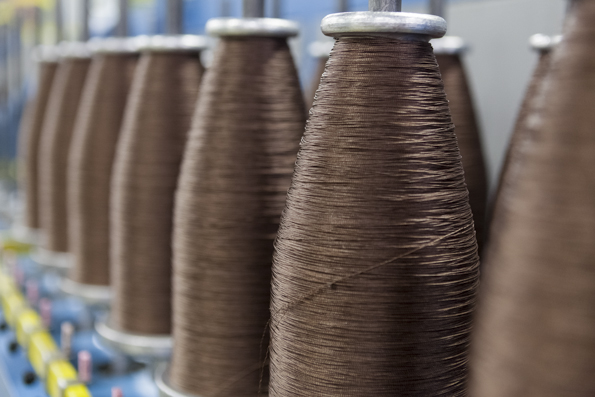
During sewing the thread, especially the needle thread, is subjected to a number of repeated stresses and strains. Temperatures of over 230°C can be reached and speeds of over 150 km/h are commonplace. Every piece of sewing thread passes through the needle eye during the formation of the seams, but not just once. Every length of thread stitched passes back and forth through the eye of the needle which can be over 30 times before finally coming to rest in the seam.
These dynamic forces can create a significant negative impact on thread strength altering the functional characteristics and resulting in a significant reduction in the strength of the seam.
But adequate tensile strength and the appropriate processing are not enough. The thread must also possess resistance to abrasion both during sewing and in wear. These characteristics come from several factors including the tenacity of the raw material, and the pre-application of excellent quality lubricants. Extension modulus is also crucial for the sewing properties of the thread to be retained after stitching, and for its subsequent behaviour in the seam.
Faulty stitches in footwear
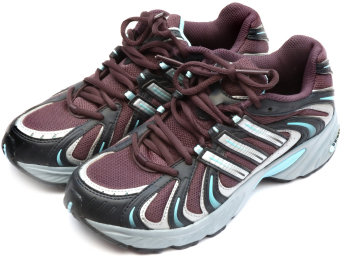
A seam is only as strong as the weakest link - One pair of shoes can contain thousands of stitches. One faulty stitch may be enough to start a chain reaction resulting in total seam failure. No other shoe component is subjected to such exacting demands before the shoe is even worn.
Manufacturing consistently good quality sewing thread requires not only the understanding of the many diverse sewing applications, but discipline though all the processes of manufacturing, from raw materials selection, through twisting, dyeing, lubrication and winding to ensure that the required sewing characteristics are built in metre by metre during each stage of the production process.
Footwear manufacturers have the difficult task of having to produce consistently good quality shoes by relying on their suppliers’ consistent quality of components. Reliable sewing thread manufacturers understand this and will ensure that their products will guarantee seam performance and seam durability to cope with the many different types of sewing applications and end use requirements.
Improving efficiency and maximising productivity
As labour costs increase, we all strive to find ways to improve efficiency and maximise productivity - avoiding potential quality risk factors, which have now become even more important. With more than 40% of a shoe company’s labour being employed in stitching, specifying sewing thread with a recognised quality manufacturer is one of the most straightforward and cost effective ways of guaranteeing seam quality with peace of mind.
"It’s unwise to pay too much, but it’s unwise to pay too little. When you pay too much you lose a little money – that’s all. When you pay too little you sometimes lose everything because the thing you bought was incapable of doing the thing you wanted it to do." – John Ruskin 1819-1866.
Coats have built supply chain partnerships with many leading companies who acknowledge the importance of controlling quality, service and colour consistency worldwide. Our cooperation with you will not just be limited to a mere thread supplier association, but continuous technical participation in identifying your future fundamental requirements at the most cost effective option.
